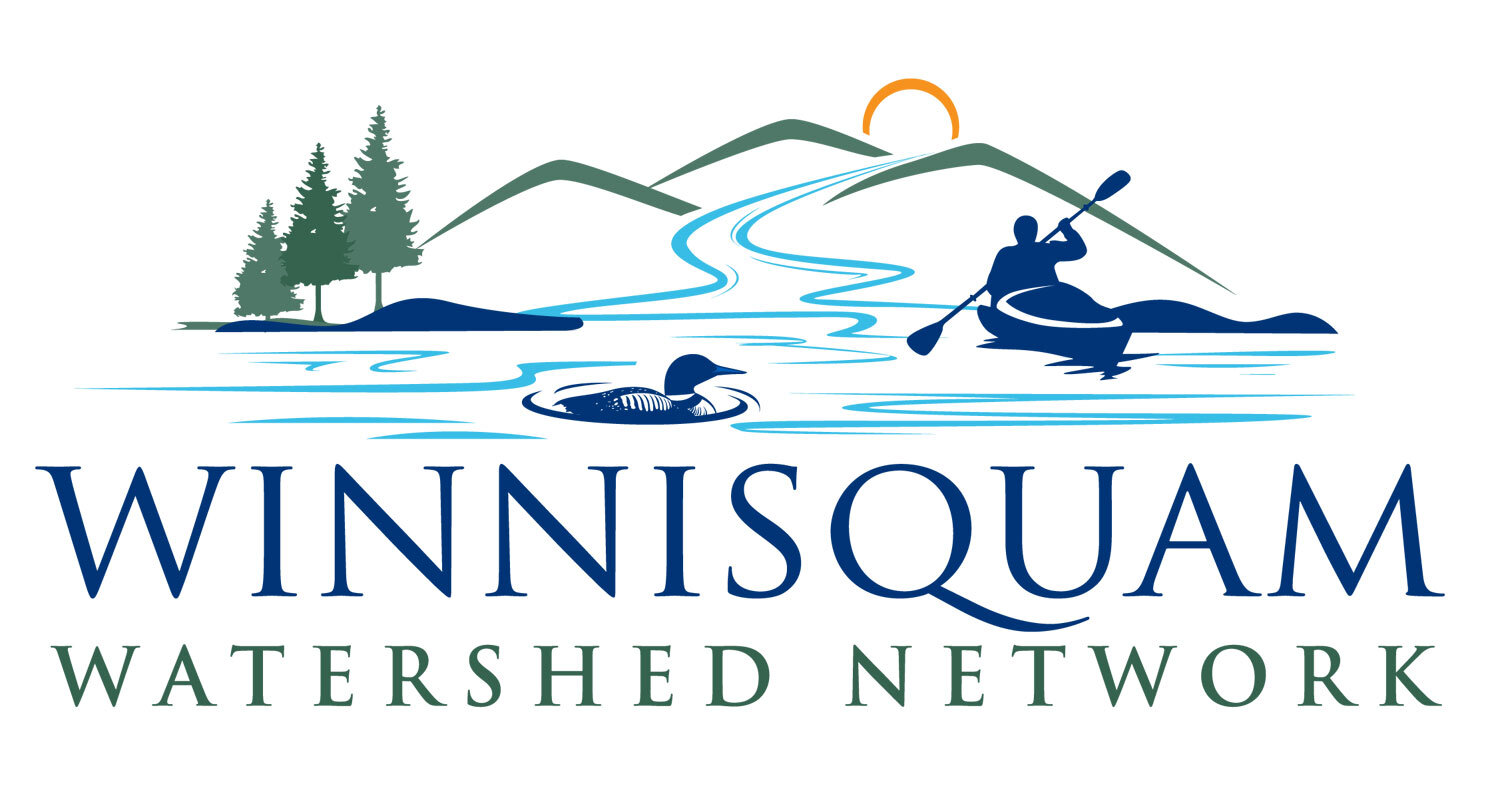
Water Quality Monitoring
Monthly water quality testing and sample collection by WWN volunteers helps us monitor conditions in the lake to identify threats and assess long-term trends. It also formed the foundation for the Winnisquam Watershed Management Plan, and will aid in determining the impact of improvements made based on recommendations in that plan.
Lake Monitoring
Each summer Winnisquam Watershed Network volunteers conduct monthly water quality testing and sample collection at three deep-water stations and two shallower near-shore stations in the lake. Samples are transported to the NH Department of Environmental Services (NHDES) laboratory in Concord where they’re tested for color, chloride, chlorophyll-a, alkalinity, pH, total phosphorus and conductivity.
This program is part of the comprehensive Lake Winnisquam Tiered Monitoring Plan, which the WWN began implementing in 2017. It builds on the database previously established by several neighborhood groups on the lake through two volunteer monitoring programs, the University of NH Lakes Lay Monitoring Program (LLMP) and the NHDES Volunteer Lake Assessment Program (VLAP). The comprehensive program allows us to coordinate volunteers, share resources & equipment, and synchronize the sampling to allow for better comparability of the data generated. See the most recent lake VLAP reports.
Tributary Monitoring
In the summer of 2018 the Winnisquam Watershed Network began implementing a tributary monitoring program as recommended by the Tiered Monitoring Plan. Tributary monitoring is conducted monthly throughout the summer months by WWN volunteers using protocols from the NHDES Volunteer Rivers Assessment Program (VRAP). The sampling is conducted at eight stream locations where water flows into Lake Winnisquam, and at one location at the outlet to Silver Lake. The samples are tested for temperature, dissolved oxygen, chloride, pH, turbidity, total phosphorus and conductivity. In recent years, the VRAP program has helped us identify areas around the lake that need some attention. See the most recent tributary VRAP reports.
What are we finding
In general Lake Winnisquam has excellent water quality, with better than average water clarity and low phosphorus and dissolved organic matter. Lake water clarity (transparency) has been decreasing over the years though, and we’ve seen an increase in turbidity (a measure of the level of particles such as sediment, plankton, or organic by-products, in a body of water) particularly after rainstorms. There have also been several blooms of potentially toxic cyanobacteria on the lake in recent years. You can read more about cyanobacteria blooms here.
In addition, the conductivity and chloride levels in our lake are on the rise, most likely from the urbanization of the watershed and in particular the use of road salt on impervious surfaces. This is a trend that’s been seen in freshwater bodies throughout the northeast but seems to be a bit worse in Winnisquam. Click here to see past lake water quality reports.
All of this highlights the importance of managing stormwater runoff throughout the watershed to reduce the load of sediment and nutrients washing into the lake and preserve its excellent water quality. The Winnisquam Watershed Based Plan outlines a number of measures that can achieve that. You can learn more about our efforts to implement the plan here.

